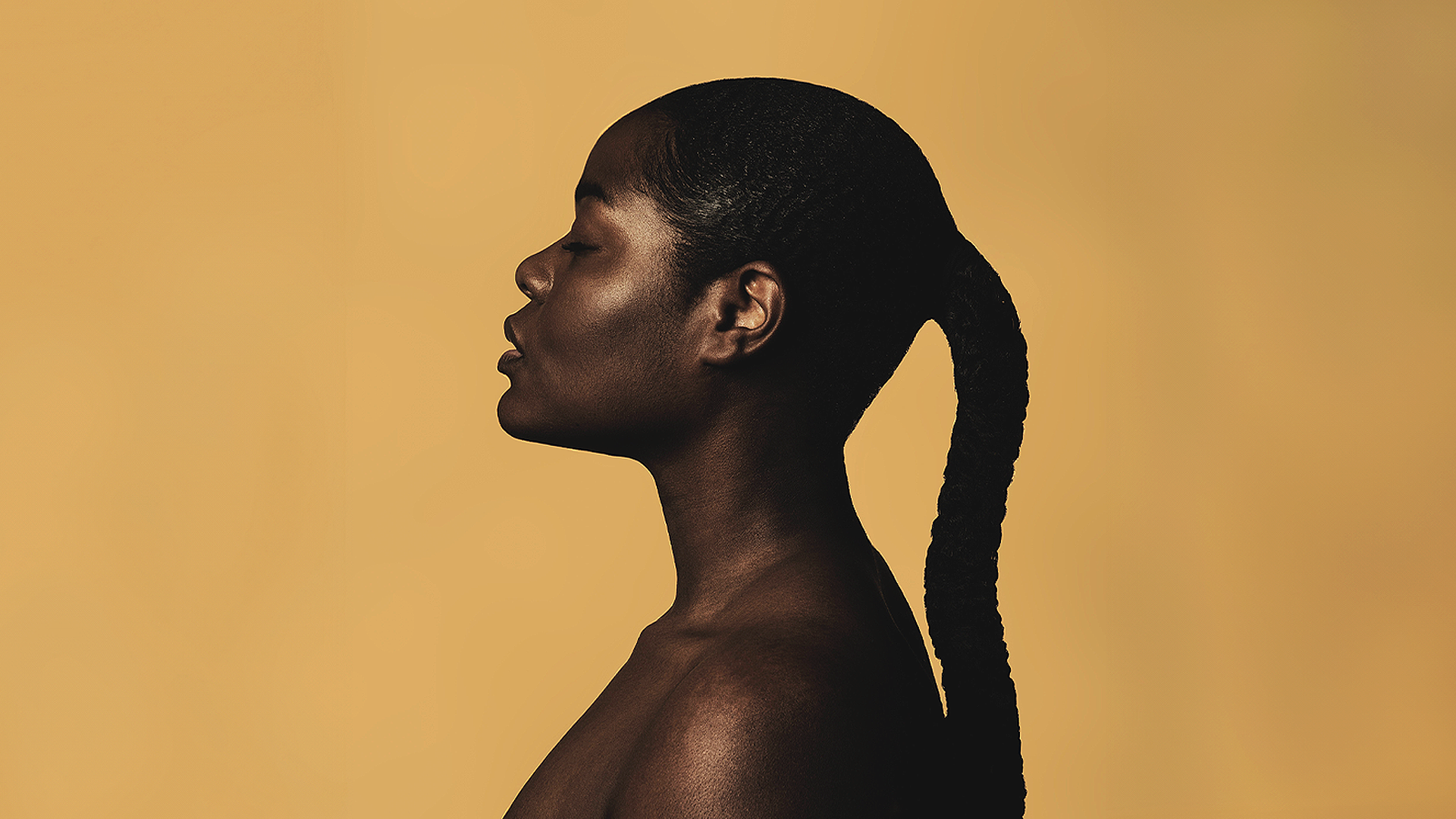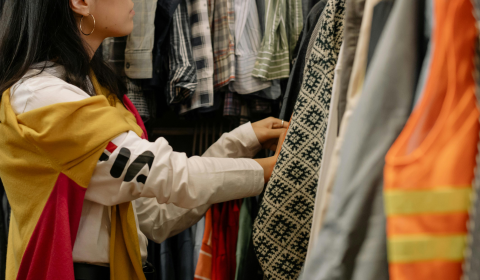A new requirement – that students learn to style textured hair as part of their training – is signalling change for the global beauty industry.
The beauty industry has always been somewhat of a minefield for the Black community, who often find themselves on the fringes of an ostensibly inclusive business.
Despite positive changes in the beauty space, including the rise of Black-owned businesses and the proliferation of products designed with Black consumers in mind, education has continued to fall behind.
For those training as cosmetologists, learning how to style textured hair has always been a nice-to-have. This has only exacerbated the stigma around textured hair, feeding into narratives that it’s ‘unmanageable’ and difficult to work with.
As a result, finding a stylist and salon to suit your needs is a privilege many Black consumers aren’t afforded. Even in 2023.
But a new law in New York state has signalled a positive change for the beauty industry. Now, all cosmetology students will be legally required to learn about – and style – textured hair in order to pass their course.
Graduates should be able to provide hair care services ‘to individuals with all hair types and textures, including, but not limited to, various curl and wave patterns, hair strand thickness, and volumes of hair’ the bill states.
The Professional Beauty Association’s Texture Education Collective will be supporting schools to update their curriculums accordingly. As well as updating resources and guidance for students, the change will also mean implementing more diverse hair models and mannequins.
As well as putting their cosmetology qualification in jeopardy, those that don’t comply with the new law could face civil penalties.
Response to the news has been largely positive. New York State Senator Jamaal T. Bailey, who introduced the bill in April 2023, echoed much of the public when he said ‘It’s not only common sense, [it’s] the right thing to do’.
For those championing the bill, it was a no-brainer. And social media has been echoing this sentiment.




















